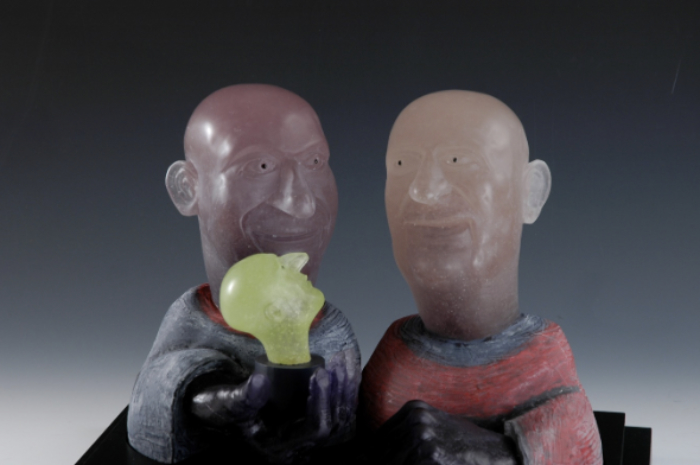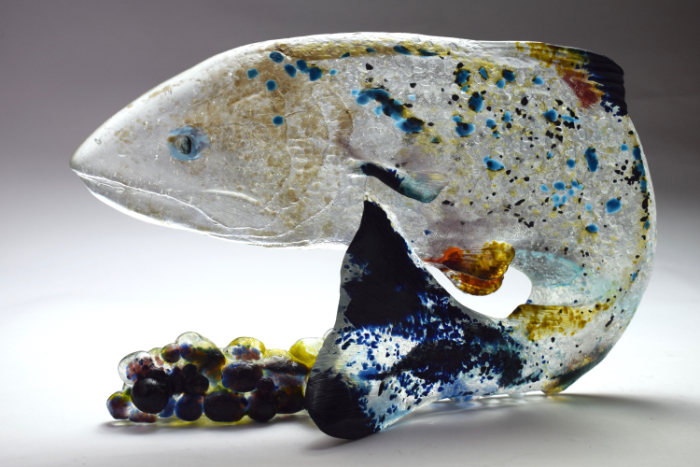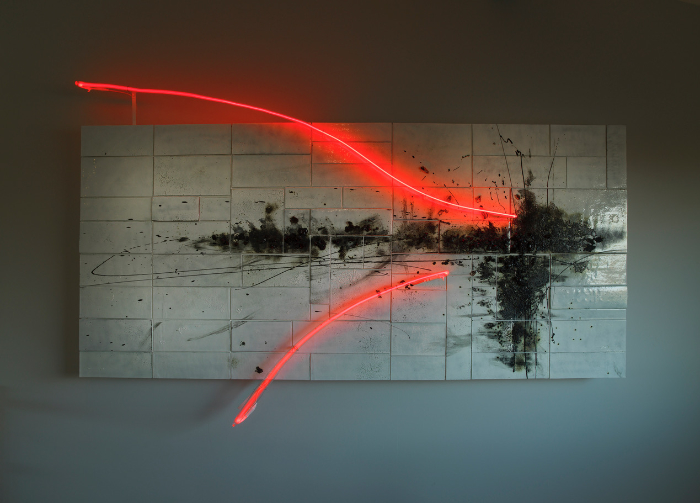
The architect of her own success in contemporary glass
Karen Browning studied architecture before cast glass captured her attention. Her glass work was awarded ‘Best in Show’ at the recent British Glass Bienanale. Linda Banks finds out more.
You have a background in architecture. What led you to start working with glass?
I was using glass in both my installations and in architecture designs and wanted to know how to cast large columns of glass, and also more about the material, its properties and how to form it. Therefore I enrolled on the MA Glass course at Swansea Institute in 2001.
What glass techniques have you used and why do you prefer casting?
I have mainly use casting as this is the technique that originally intrigued me about glass. Recently I have been fusing and lampworking and plan to explore this more in the coming years with the development of my neon pieces.
You have done many installation pieces. How did your practice take this direction?
I was making installations, mainly light-based, before I got into glass. After studying Architecture, I did an MA in Site-Specific Sculpture at Wimbledon College of Art. My work was always a crossover between architecture and sculpture. Installations are still an important part of my practice.
What is your creative approach? Do you draw your ideas out or dive straight in with the materials?
Generally, I spend a lot of time thinking about the work that I plan to make, visualising and examining the piece and the process of making it in my head. Then I tend to make it, sometimes producing tests beforehand. I don’t usually sketch, unless it’s a drawing or a diagram for getting something fabricated. However, with the new fused glass and neon panels, I have started to do more preliminary sketches and drawings, which I am enjoying.
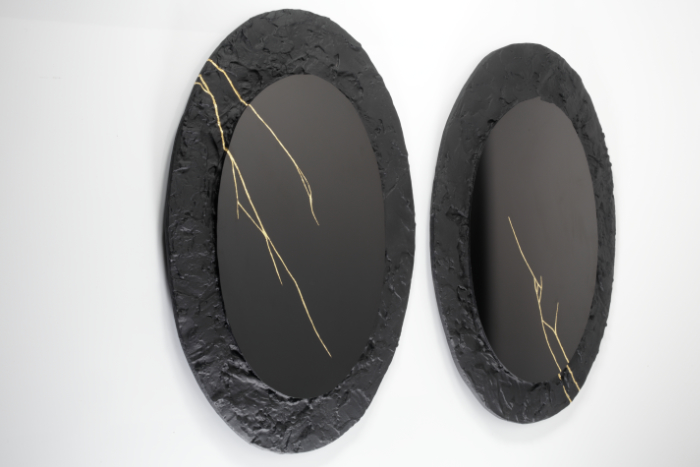
What inspires your work?
Mainly it is the site that inspires me. Coming from a site-based background, initially when I started making glass, I found it difficult to make non-site-specific work. There were a few years when I barely made any finished pieces. I was just learning the processes and how the materials worked and handled.

What message(s) do you want to convey through your art?
I don’t really have a message, as such. I just like to get people to look at a place, or something, by highlighting an element of it.
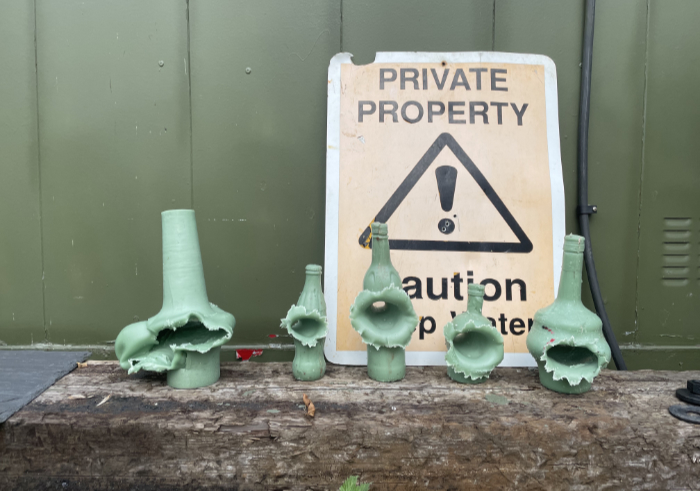
What is your favourite tool or piece of equipment and why?
I have many favourite tools, each for a different job. I love my shipping containers, because they are so flexible for the studio, workshop, for storage and on site. I have a favourite trowel for modelling – a trusty Makita drill, as well as an old Mill Bastard file that I found up a track in Death Valley.
Do you have a favourite piece you have made? Why is it your favourite?
My favourite piece is usually the one that I am working on at that moment. However, having said that, I am very fond of the ‘Miss. Spent-Youth’ series, because it is about my family and my childhood.
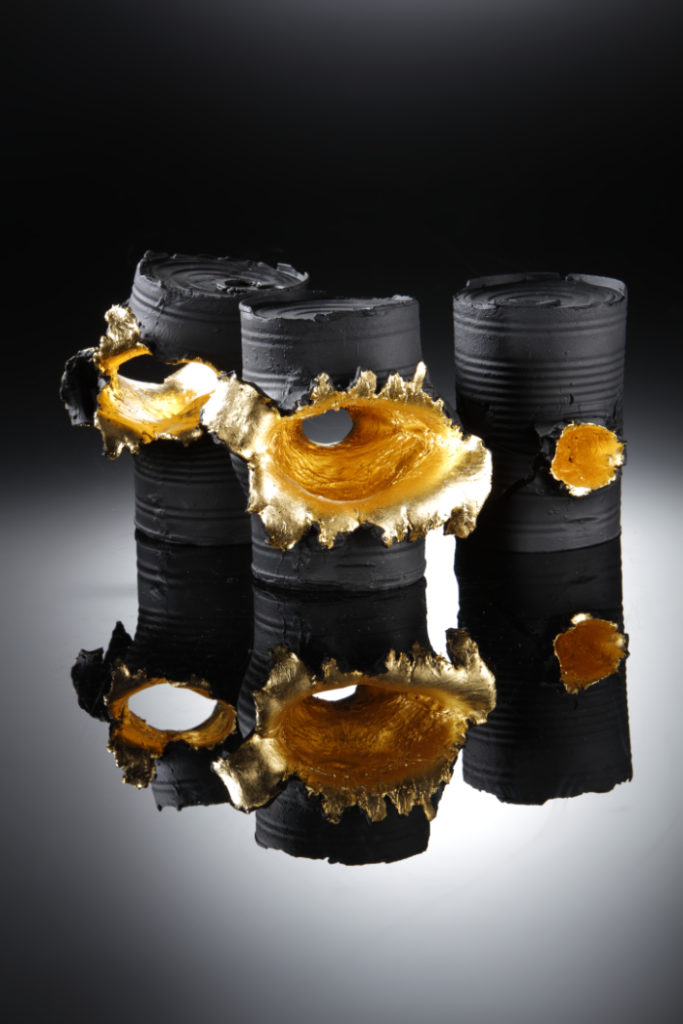
Where do you show and sell your work?
I mainly show and sell with London Glassblowing. I have exhibited widely both nationally and internationally, at the British Glass Biennale, Collect, Liuli Museums Taipei and Shanghai. I was also selected for the Aesthetica Art Prize.
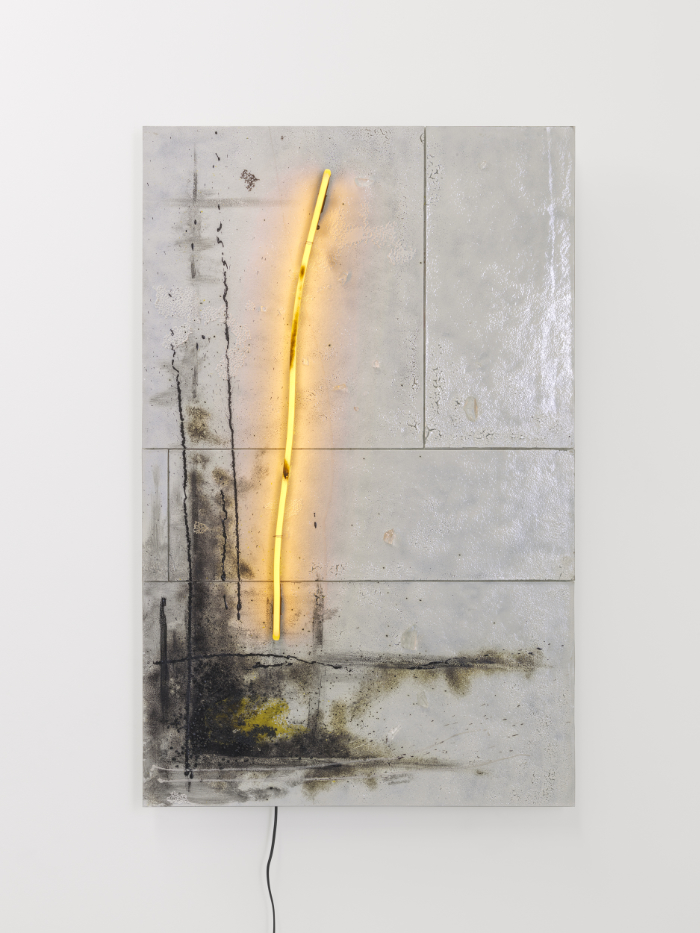
How did you feel to have your work awarded ‘Best in Show’ at the 2022 British Glass Biennale?
I was incredibly proud, honoured, and amazed in equal measures. I was so happy that I won an award for a piece that is quite personal.
Where is your glass practice heading next?
I keep moving forward, but I also re-look at past ideas, as they often turn into something else. I’m excited to be able to develop some new work with neon in the coming months.
Is the global energy crisis affecting your practice?
Yes, every firing is much considered. But all aspects, from materials and availability to crate building and shipping, are affected.
About the artist
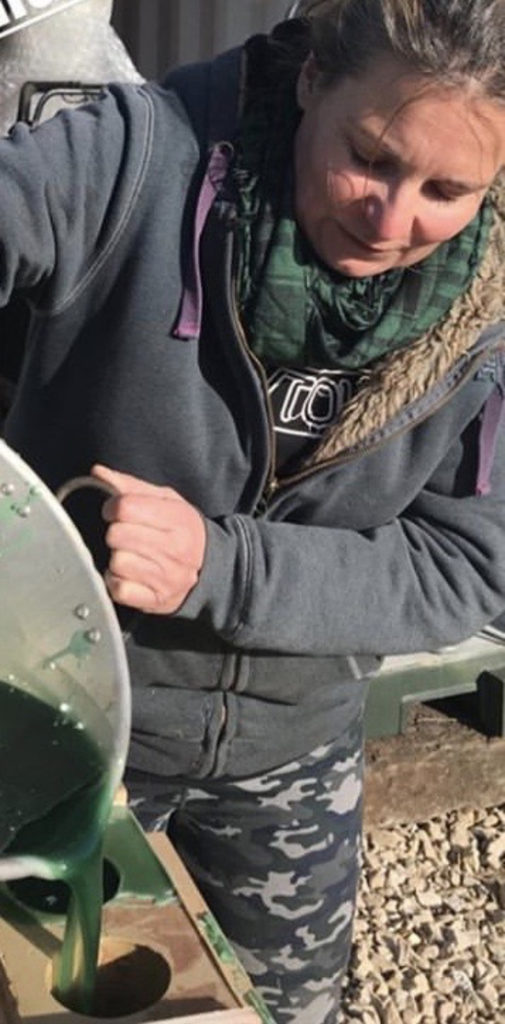
Karen Browning gained a degree in Architecture before taking an MA in both Glass and Site-Specific Sculpture. She set up her own studio in Dorset. In addition, she has been head assistant to glass artist Colin Reid since 2004.
Find out more via her website: https://www.glasslightspace.co.uk/
Main image: ‘Blackmore Vale’ features a splash of neon glass. Photo: Steve Russell.
